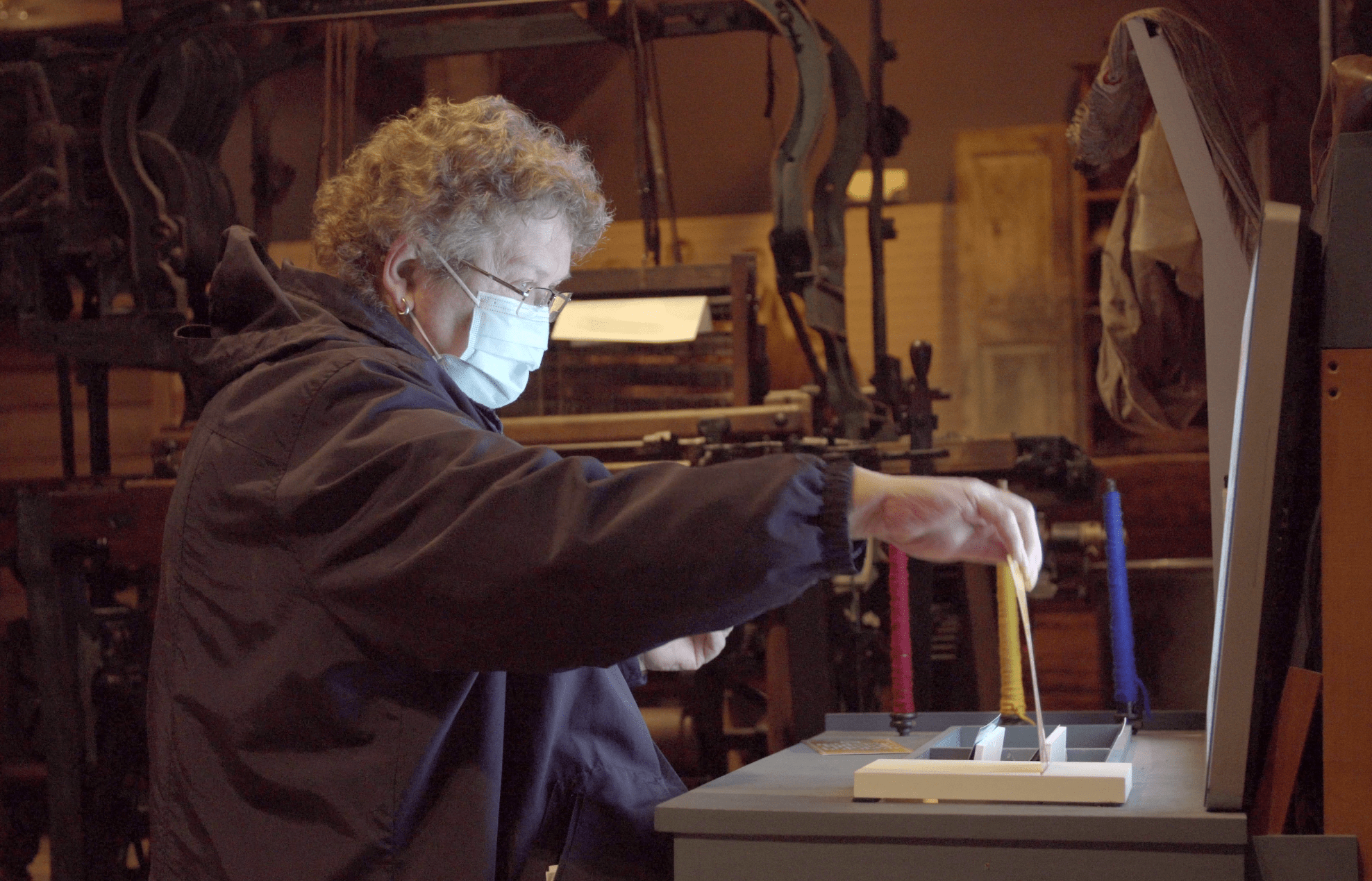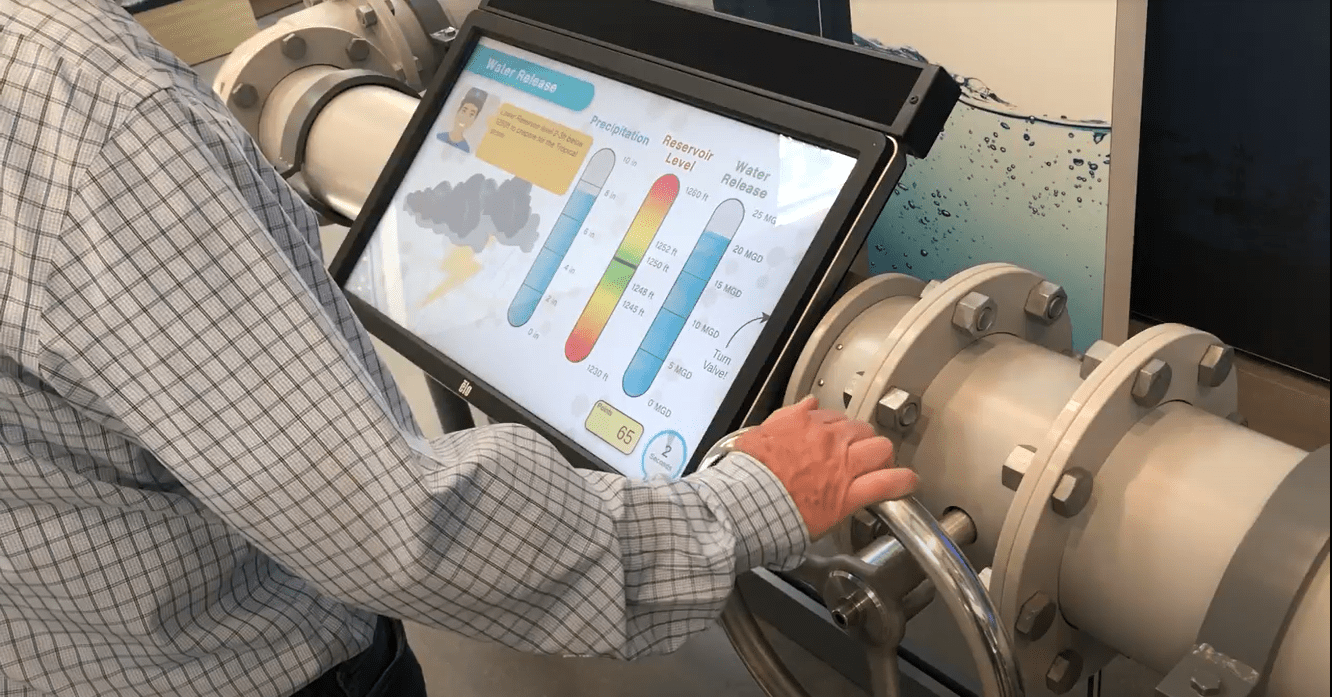
As you meander through a natural history museum, you come across many tableaus of different species posed behind glass. Most animals are standing in herds, laying in the shade, or eating with just their mouths.
Homosapiens (humans), and those in our evolutionary lineage (Apes, Orangutans, etc.), however, are actively using their hands to make or wield tools, hold food items, or explore their surroundings by touching and grasping. Holding, grasping, and delicately handling objects – these are the means we have used to perceive and learn about our world for the last several thousand years.
Fast forward to 2022…
In today’s museum world, many institutions have pushed to evolve with the times, and they have introduced the use of more technology to enhance their exhibits and visitors’ experiences. Artifacts in cases with plaques on the walls and “Do Not Touch” signs are seen much less nowadays; we’ve now entered an era full of touch screens, screens you tap with one pointer finger, or pinch with two at the most (and it can really just be two pointer fingers on the large screens in museums, who needs a thumb?). A noticeable improvement from the old school ways of displaying “DO NOT TOUCH” items all over museums, the Graphical User Interfaces (GUIs) on touch screens open up almost limitless possibilities for exhibits to showcase more material, and they allow visitors to interact directly and to dive much deeper into the content than ever before. Touch screens can be designed to be infinite troves of information, and while this can be enriching for some, it can be very overwhelming for others.
Tangible User Interfaces (TUIs), which are physical environments that allow people to interact with digital information, can help to ground and focus an experience. BPI has long believed in the use of innovative technology to tell stories in exhibits, but above all else we really strive to create experiences that are interesting, digestible, and memorable. That is why we believe so much in not just using GUIs in the interactive exhibits we design, but actually in using Tangible User Interfaces (TUIs) as much as appropriately applicable.
Contemporary research rooting back to our primal instincts supports the theory that people learn better when interacting with physical objects. Specifically in the museum setting, not only does interacting with objects help people acquire knowledge faster and easier, it is also a greater attention grab and motivator to explore and persist with a task. Now armed with this information, it seems only logical to take that idea and link it with today’s technology.
By shifting from GUIs to TUIs, we are able to provide visitors with an even more interactive and memorable learning opportunity than a simple touch screen can allow. We do so by breaking up the content in a way that makes it more digestible, engaging, and fun. The physical objects often help to drive our main messages home in a way just a touch screen never could. At the Samuel Slater Experience, visitors are invited to create their own digital fabric with a custom pattern. They do so in three steps:
 1. Selecting and dropping physical cards that represent Jacquard Cards into a slot which changes the pattern of the fabric on screen.
1. Selecting and dropping physical cards that represent Jacquard Cards into a slot which changes the pattern of the fabric on screen.
2. Tapping letters on the screen to add custom initials to the fabric on screen.
3. Adding, removing, and swapping real bobbins of different colored thread on spindles to change the color configurations of the fabric on screen
In the end, through actively executing each of these three steps, two of them involving physical objects in the real world, visitors leave with a deeper understanding of the concepts being taught through the interactive. Visitors also leave with a fun experience and a unique interaction with the digital content to tell their friends and family about.
Of course, touch screen interactives still have a place in museums. Some exhibits and content don’t require a TUI, and forcing one would even take away from the experience. However, in the right scenarios, and for the right content, a Tangible User Interface (TUI) can truly enhance an exhibit and take it to the next level. After all, what’s the point of our opposable thumbs if we are only tapping screens with our index fingers?


